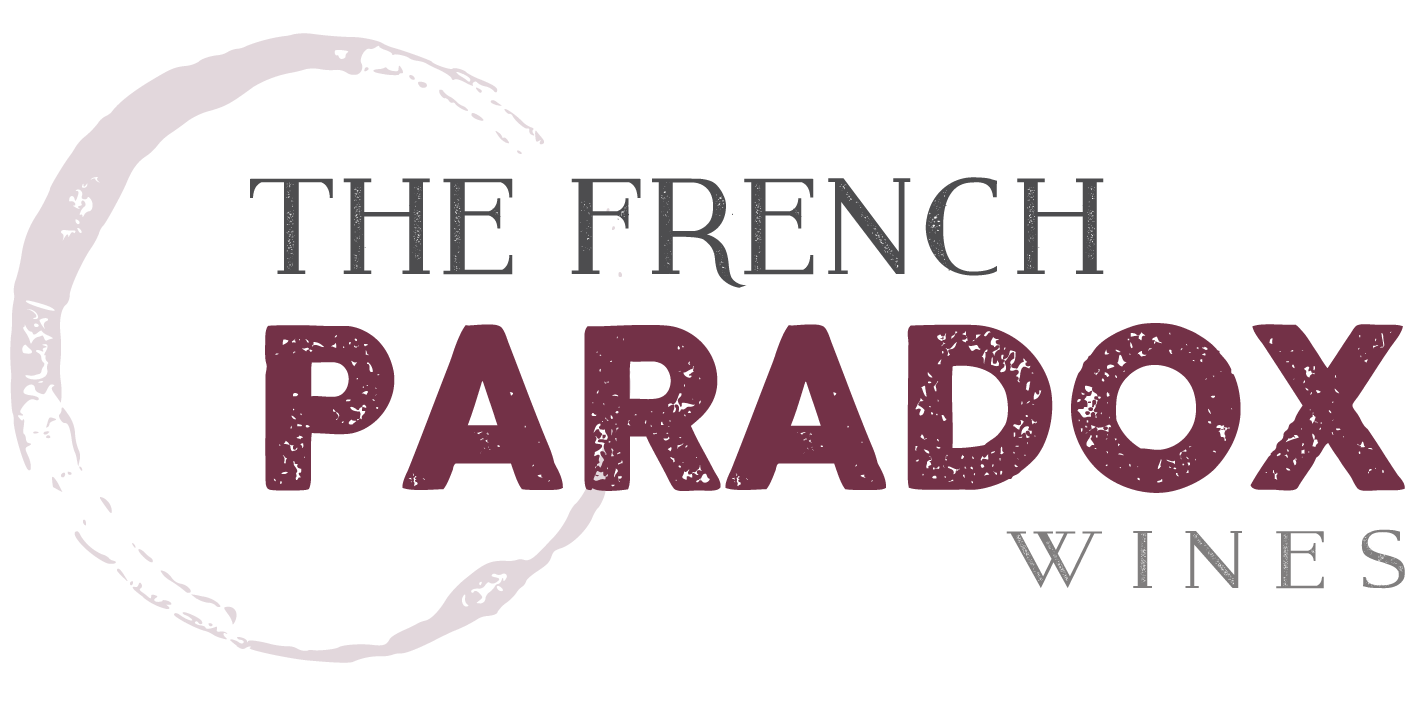2016 Clos de la Roilette
Fleurie
Regular Price $24.99
Sale Price $19.99
This wine, the Clos de la Roilette, hails from Fleurie, and is made by the estimable Alain Coudert, who is as famous in Beaujolais as he is unknown in the US. His wines are typically firm, structured, and lively with rich red berry flavors touched by black pepper and wild herbs. This vintage is no exception, the wine shows delicious forward fruit, a rich and complete mid-palate and a firm grip. Not particularly dense, the wine nonetheless is so well-balanced and rich that greater viscosity would do nothing but mar its overall beauty. Have this wine with tuna, chicken, pork, lamb or beef. Put a slight chill on it, and enjoy it on the deck with any cheese that you’d like. Drink it tonite or in a few years. Seldom will you find a wine that is so incredibly versatile and delicious. That’s why one drinks cru Beaujolais.
Of course, It should go without saying, that Cru Beaujolais is not the same as Nouveau Beaujolais. And because of that, it’s entirely possible to enjoy one and not the other. So, let’s review…
In Beaujolais, winemakers have traditionally celebrated each successful harvest by throwing a party and drinking the just weeks-old (Nouveau) bottling of the year’s wine (made entirely from gamay). This local tradition became a worldwide sensation, accounting for ½ of all the wine produced and sold in the region.
This success, of course, created an inevitable backlash, both for the fresh, light style of the wines, and the lack of understanding of the gamay grape and region. Beaujolais became a ‘dirty’ word, especially after the scandals of the early 2000’s.
Cru Beaujolais is no newcomer; most of the ‘crus’ where granted AOC status in the late 1930’s. The wines (as they should be) are distinctive in each geographic setting, depending upon elevation, exposure and soil composition. The wines range from light-ish (Régnié) to full and dense (Moulin-à-Vent or Morgon). These wines do not usually show the word “Beaujolais” on the label, in an attempt to separate themselves from Nouveau; in fact, vineyards in the cru villages are not allowed to produce Nouveau.
